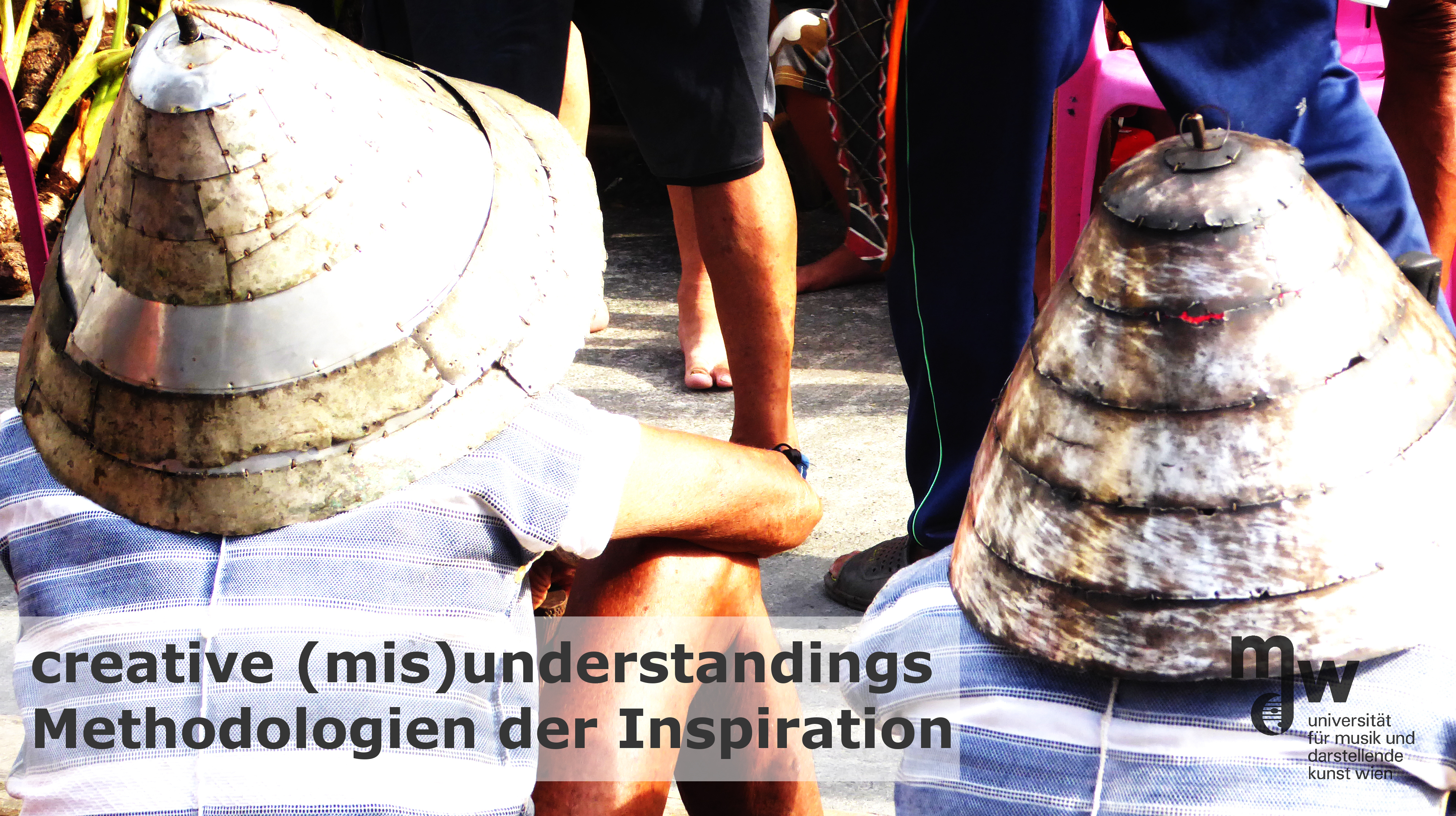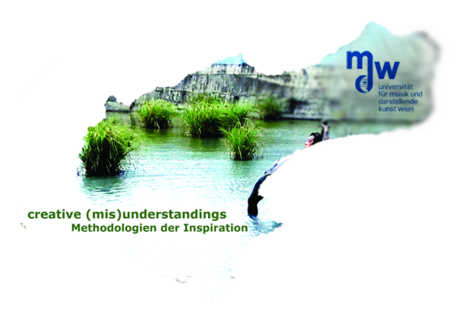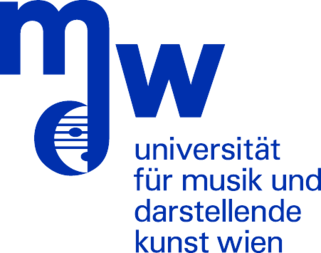People – Creativity – Solidarity – Inspiration
What motivated an international group of artists and researchers to work together with the Tao, an indigenous community on Orchid Island (Lanyu) in Taiwan? Was it curiosity? Was it fascination with a wonderful island—or with a style of singing so specific and special that Western musical notation is incapable of capturing it? Was it a search for inspiration?
Since 2005, the violist Wei-Ya Lin (who has since also become an ethnomusicologist) and Johannes Kretz (a composer specialised in electronic sound production) have been paying regular visits to the Tao community. They collect songs, do interviews, and attempt to understand the connection between singing and the lives of the Tao people. In 2016, this collaboration led to the realisation of an evening-length dance theatre production entitled Maataw – the floating island at the National Theatre in Taipei. It was a production that presented not only the beauty of Tao life, dance, and music, but also placed a strongly critical, emotional, and rather political emphasis on their social, economic, and ecological concerns.
In 2018, a three-year grant by the Austrian Science Fund (FWF) programme PEEK made possible the next step in the form of the artistic research project Creative (Mis)Understandings – Methodologies of Inspiration at the mdw. The starting point here is the question as to whether understanding is always well suited to bringing people together—and whether, conversely, misunderstandings necessarily always have a separating effect. Will all this facilitate the exploration of the realm between understanding and misunderstanding from various perspectives while more clearly pinpointing its significance in people’s lives? This requires extensive reflection and great sensitivity, as well as the consideration of methodological and ethical issues. Here, we modify our definition of the word “inspiration” to mean: mutually valued, deliberate, and reciprocal artistic influencing on the basis of solidarity. And as part of this process, we absolutely do encourage creative misunderstandings in the interaction between research and artistic practices. After all, both understanding and misunderstanding can lead to positive discoveries and inspiration—not only in the artistic sense, but also in the form of new research questions and socially effective initiatives.
This project (which began in 2018 and runs until 2021) employs multiple reciprocal visits by the project participants from Taiwan and Austria as well as joint workshops, artistic research, improvisation, composition, and performance in the pursuit of several goals: reinforcing the Tao community’s cultural identity by connecting past and future, softening the break between the generations there, and creating a basis upon which the Tao might be able to prevent their practices from disappearing entirely—perhaps even by means of transforming them in some ways.
Furthermore, composers of European contemporary art music will be developing methodologies that allow them to realise scalable compositions, the musical ideas and content of which can be realised in various manifestations that can be understood and appreciated by listeners in the various respective contexts. These goals can now be pursued by means of artistic research within a larger team of indigenous and non-indigenous individuals from Taiwan and Austria.
The scientific-artistic researchers focus on the following questions: How can a sound artist reflect the own fieldwork practice through the processing of sound? In which way are personal memories among the Tao influenced by historical events? How can participatory approaches be applied for scientific-artistic research processes? How can we develop and realize musical ideas together or separately, which are in one way or another significant/compatible for the participants and/or can be adapted to different contexts (New Music, Tao traditions)? Finally, how do the team members deal with the impending disappearance of music traditions, for example in the Tao community?
We are in the process of joining this project’s many elements to form an overall artistic sculpture (in the sense of Beuys).
Johannes Kretz and Wei-Ya Lin for the project team
人 –創意 –團結 –靈感
是什麼動機讓一個由世界各地的藝術家及研究員組成的團隊與達悟族這個在台灣蘭嶼的原住民族共同合作? 是因為好奇? 是因為被這個美麗的島嶼所吸引,或是為了他們獨特的唱歌風格是西方音樂理論無法詮釋的? 又或者是為了尋找靈感?
自2005年起,中提琴音樂家暨民族音樂學者林維亞與長期浸淫(又或者致力於、深耕於)電子音樂的作曲家約翰內斯∙克雷茲(Johannes Kretz),二人定期拜訪居住於蘭嶼的達悟族人。旨在採集歌謠並進行訪談,試圖理解達悟族人日常生活與歌唱之間的連繫。現階段成果不僅是學術研究出版及林維亞的博士論文著作,作曲家約翰內斯∙克雷茲的作品也致力將達悟族歌謠引入西方當代音樂之中。2015年至2016年期間,二位藝術家暨研究者共同參與原舞者的舞蹈戲劇作品<Maataw–浮島>的製作,並於台北國家劇院協力演出。此作品試圖呈現達悟族人當下的生活狀態,其目的不僅是藉此讓觀眾能一探其傳統樂舞之美,同時也傳達當今蘭嶼島上的社經困境、核廢料與環境議題。劇作透過肢體、音樂、燈光及舞台效果,感性地表達出達悟族人的生活處境與所需。
在林維亞與約翰內斯∙克雷茲二人的努力之下,他們於2018年獲得奧地利科學基金(FWF之PEEK計劃) 三年的研究經費補助,將用於維也納音樂暨表演藝術大學(簡寫:MDW)的藝術本位研究計畫。計畫名稱為「Creative (mis)understandings - Methodologies of Inspiration – 創造性的(誤)理解 — 靈感的方法論」的藝術研究計畫,此研究目的其一出發點為:理解可以永遠讓人們緊密相連嗎?誤解總是讓人們分歧嗎? 這些是否能促進用不同觀點去探討理解與誤解之間的模糊地帶,並且更清楚地點出它對於人們生活的重要性? 這需要廣泛的反思以及相當高的敏銳度,也需要考量到研究方法以及道德議題。我們在這邊將「靈感」定義為: 在團結的根本之上互相重視、推敲、以及互惠的藝術影響,對於這個過程,我們絕對鼓勵在研究與藝術實行的互動中產生創意上的誤解,畢竟理解與誤解都能夠引發好的新發現與靈感,這不僅僅是在藝術領域,對於新的研究問題及具社會效益的提案也都是如此的。
在2018年至2021年的計畫期間,奧地利與台灣研究人員將會相互參訪,並且共同舉辦藝術研究工作坊、即興創作、作曲及不同形式的音樂會或展覽。旨在實現下列兩點目標:1、連結達悟文化的過去與未來,消彌目前達悟社會老中青三代之間的斷層。尤以其中傳統古謠主要受到長者的重視,而年輕族群則受到商業化音樂與全球經濟的影響,不再重視傳統知識。2、具有當代西方藝術音樂背景的作曲家將會發展方法論,目的在尋找創作可縮放作品的方法。換言之,作曲家如何把一個音樂想法或內容以不同的表演形式呈現,使不同領域或社會背景的觀眾皆可理解與欣賞。
本計劃案由兩位計畫主持人約翰內斯・克雷茲與林維亞協同資深研究員與五位作曲家、十位來自台灣及蘭嶼的藝術研究夥伴, 以及六位在藝術與學術領域具有豐富經驗的學術顧問組成。 不只選擇單一領域背景的成員參與討論,也不再只是單方擁有解釋權的研究模式,目的在於停止過去單一主觀研究模式所引發之誤解,也藉此探討本計畫研究目的。透過研究經費的補助,此計畫將能號召更多達悟族人與奧地利研究團隊共同協力研究,探索音樂語言及其對話過程中所產生的理解或誤解,進而理解音樂在人類生活中的意義。來自不同生活背景的音樂創作者,彼此在互動中將需大量討論、思考、敏銳感知及同理心,才能達成方法論與倫理議題的全面省思。並且以「靈感」作為架構進而產生嶄新意義,即是彼此能團結地在藝術領域相互欣賞、受惠與反饋。
約翰內斯・克雷茲 & 林維亞






